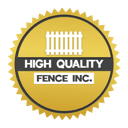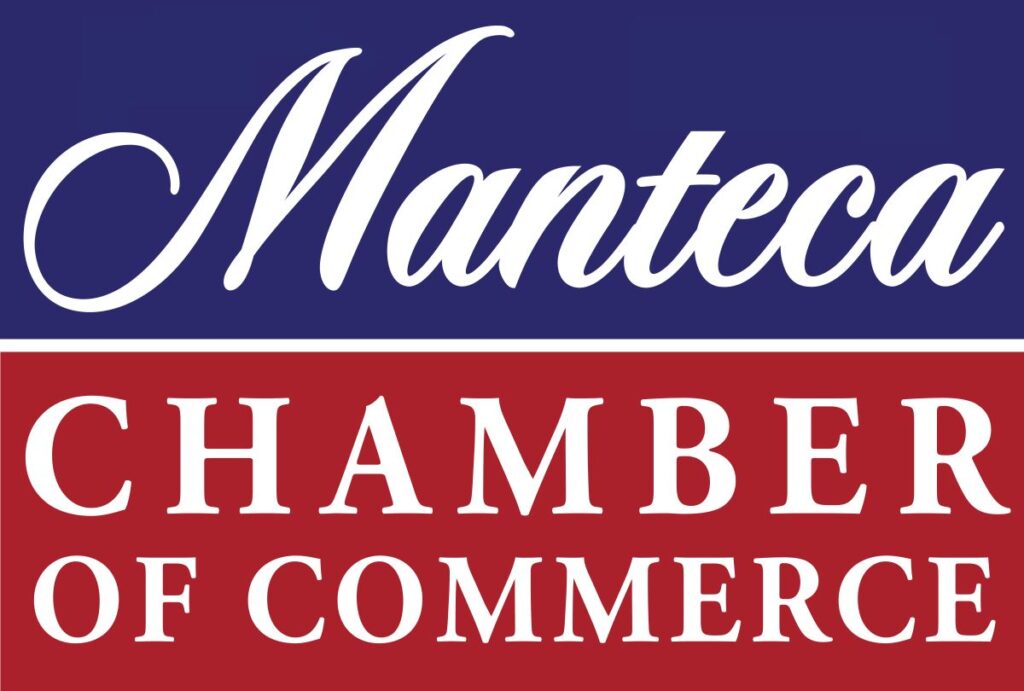What You Need to Know About Fence Construction Costs

Building a fence around your property is more than just setting boundaries; it’s an investment in security, privacy, and curb appeal. However, the cost of fence construction can vary widely depending on several factors. Understanding these factors can help you plan and budget effectively for your project. In this guide, we’ll explore the key elements that influence fence construction costs, provide insights into different fencing materials, discuss labor expenses, and offer tips on how to get the most value for your money.
Understanding Fence Construction Costs: A Homeowner’s Guide
Navigating the realm of fence construction costs can initially seem daunting, but with the right knowledge, you can make informed decisions. Factors such as materials, labor, and terrain play pivotal roles in determining the overall expense. By understanding these variables, you can effectively budget for your project and avoid unexpected financial surprises. Whether you opt for the classic charm of wood, the durability of vinyl, or the practicality of chain-link, each choice comes with its own cost implications. By researching local regulations and obtaining multiple quotes from reputable contractors, you can ensure that your fence not only meets your needs but also aligns with your budgetary constraints.
Factors Influencing Fence Construction Costs
Several factors play a crucial role in determining the cost of building a fence. Understanding these factors can give you a clearer idea of what to expect when budgeting for your project.
- Fencing Material: The type of material you choose significantly impacts the cost of your fence. Common options include wood, vinyl, chain-link, aluminum, and wrought iron. Each material has its own price range based on factors like durability, maintenance requirements, and aesthetic appeal.
- Fence Height and Length: Naturally, taller and longer fences require more materials and labor to construct, leading to higher costs. Local building codes may also dictate maximum fence heights for residential areas, which could influence your design choices.
- Terrain and Accessibility: The ease of access to your property and the terrain on which the fence will be installed can affect costs. If your property has steep slopes or challenging terrain, additional preparation and labor may be required.
- Additional Features: Factors such as gates, decorative elements, and custom designs can add to the overall cost of your fence. These features not only enhance functionality but also contribute to the aesthetic appeal of your property.
- Labor Costs: The cost of labor varies depending on your location, the complexity of the installation, and the experience of the contractor. Labor expenses can include site preparation, installation, and cleanup after the project is completed.
Types of Fencing Materials
Choosing the right material for your fence involves balancing cost, durability, maintenance requirements, and aesthetic preferences. Here are some common fencing materials and their characteristics:
- Wood: Wood fences are popular for their natural look and versatility. They can be stained or painted to match your home’s exterior. However, wood requires regular maintenance to prevent rotting and warping.
- Vinyl: Vinyl fences are low-maintenance and highly durable. They resist rotting and fading and are available in various styles and colors. While vinyl can be more expensive upfront, it may save money in the long run due to reduced maintenance costs.
- Chain-Link: Chain-link fences are affordable and practical for security purposes. They are low-maintenance but may not provide as much privacy as other materials without additional screening.
- Aluminum: Aluminum fences are lightweight, durable, and often used for decorative purposes. They require minimal maintenance and are available in various styles. However, they may not offer as much security or privacy as other materials.
- Wrought Iron: Wrought iron fences are known for their strength and classic appearance. They provide excellent security and durability but require regular maintenance to prevent rust.
Budgeting and Planning Your Fence Project
When planning your fence project, it’s essential to set a realistic budget and consider all associated costs. Here are some tips to help you budget effectively:
- Get Multiple Quotes: Obtain quotes from several reputable contractors to compare prices and services. Be sure to ask about the specific materials and labor included in each quote.
- Consider Long-Term Costs: While upfront costs are important, consider the long-term maintenance expenses associated with different fencing materials. A higher initial investment in a durable material may save money over time.
- Check Local Regulations: Research local building codes and homeowner association rules regarding fence height, style, and placement. Compliance with these regulations can avoid costly fines or the need for costly modifications.
- Plan for Unexpected Expenses: It’s wise to set aside a contingency fund for unexpected expenses that may arise during construction, such as adjustments to accommodate underground utilities or unforeseen repairs.
- DIY vs. Professional Installation: While DIY installation can save money, professional installation ensures quality workmanship and may include warranties on materials and labor. Consider your skills, time availability, and the complexity of the project when making this decision.
Choosing Materials Wisely: Cost Considerations for Every Budget
When selecting materials for your fence, it’s essential to consider both short-term costs and long-term benefits. While wood offers a traditional aesthetic and can be stained or painted to match your home, it requires regular maintenance to prevent deterioration. On the other hand, vinyl, though initially more expensive, requires minimal upkeep and offers excellent durability against the elements. Chain-link fences provide affordability and functionality for security purposes but may lack the privacy desired for residential settings. Understanding these material differences allows you to choose wisely based on your budget and preferences, ensuring your investment pays off in terms of both quality and value. Making an informed choice upfront can save you significant costs in repairs and replacements down the line.
From Materials to Labor: Decoding Fence Construction Pricing
The cost of building a fence extends beyond materials alone; labor expenses are a significant factor in your overall budget. Labor costs can vary based on factors such as geographic location, the complexity of the installation, and the experience of the contractor. It’s advisable to obtain detailed quotes that outline both material and labor costs to avoid any misunderstandings or hidden fees. By planning for these expenses upfront and budgeting accordingly, you can ensure a smoother construction process and a fence that not only enhances your property but also fits comfortably within your financial plan. Understanding the breakdown of costs ensures you allocate resources efficiently and get the best value for your investment.
Planning Your Perfect Fence: Cost Considerations Made Clear
Creating the perfect fence involves more than aesthetics; it’s about balancing your desires with practical cost considerations. Factors such as fence height, length, and additional features like gates or decorative elements can all influence the final price tag. Understanding these variables allows you to tailor your project to meet both your functional needs and your budget constraints. Whether you’re aiming for added security, enhanced privacy, or simply defining your property line, careful planning ensures that every dollar spent contributes to a fence that enhances your home’s value and appeal. By considering these aspects, you can make informed decisions that ensure your fence project is both successful and cost-effective.
Building Boundaries, Building Value: Cost Insights for Fences
When considering building a fence, it’s crucial to understand how costs can impact both your property’s boundaries and its overall value. Fences serve multiple purposes, from enhancing privacy to defining property lines and boosting curb appeal. The cost of a fence depends on various factors, including the materials used, the length and height of the fence, and labor expenses. For example, wood fences offer a classic look but require regular maintenance, while vinyl fences are low-maintenance but may have a higher upfront cost. Chain-link fences provide affordability and durability but may not offer the desired privacy.
To ensure your investment adds value to your property, it’s essential to budget carefully and explore different options. Obtaining multiple quotes from contractors helps compare costs and services, allowing you to choose a fence that meets your needs without exceeding your budget. By understanding the cost insights associated with different fence materials and installation factors, you can make an informed decision that enhances both your property’s functionality and its market appeal.
Affordable Security: Exploring Fence Installation Costs
Finding the right balance between affordability and security is crucial when exploring fence installation costs. Security fences not only protect your property but also contribute to peace of mind. Factors influencing costs include the type of material used—such as chain-link, aluminum, or wrought iron—installation complexity, and additional features like gates or decorative elements. Chain-link fences are often the most cost-effective option for basic security needs, offering durability and low maintenance. Alternatively, aluminum and wrought iron fences provide higher levels of security and aesthetic appeal but typically come at a higher cost.
When budgeting for a security fence, consider long-term savings in maintenance and repair costs. Investing upfront in quality materials and professional installation can pay off in terms of durability and increased property value. By evaluating your security requirements and comparing costs among different fencing options, you can find an affordable solution that meets both your practical needs and aesthetic preferences.
Navigating the costs associated with fence construction is a critical step in ensuring your investment adds value to your property. Understanding the factors that influence pricing—such as materials, labor, and additional features—empowers you to make informed decisions that align with your budget and aesthetic preferences. Whether you prioritize affordability, durability, or security, careful planning and research can help you achieve a fence that enhances both the functionality and curb appeal of your home.
At High Quality Fence in Manteca, CA, we specialize in delivering durable and aesthetically pleasing fencing solutions tailored to your needs. For expert advice, detailed quotes, and professional installation services, contact us at 209-815-9015 or visit us at 1112 N. Main Street #171. Let us help you transform your property with a fence that combines quality craftsmanship with affordability.


